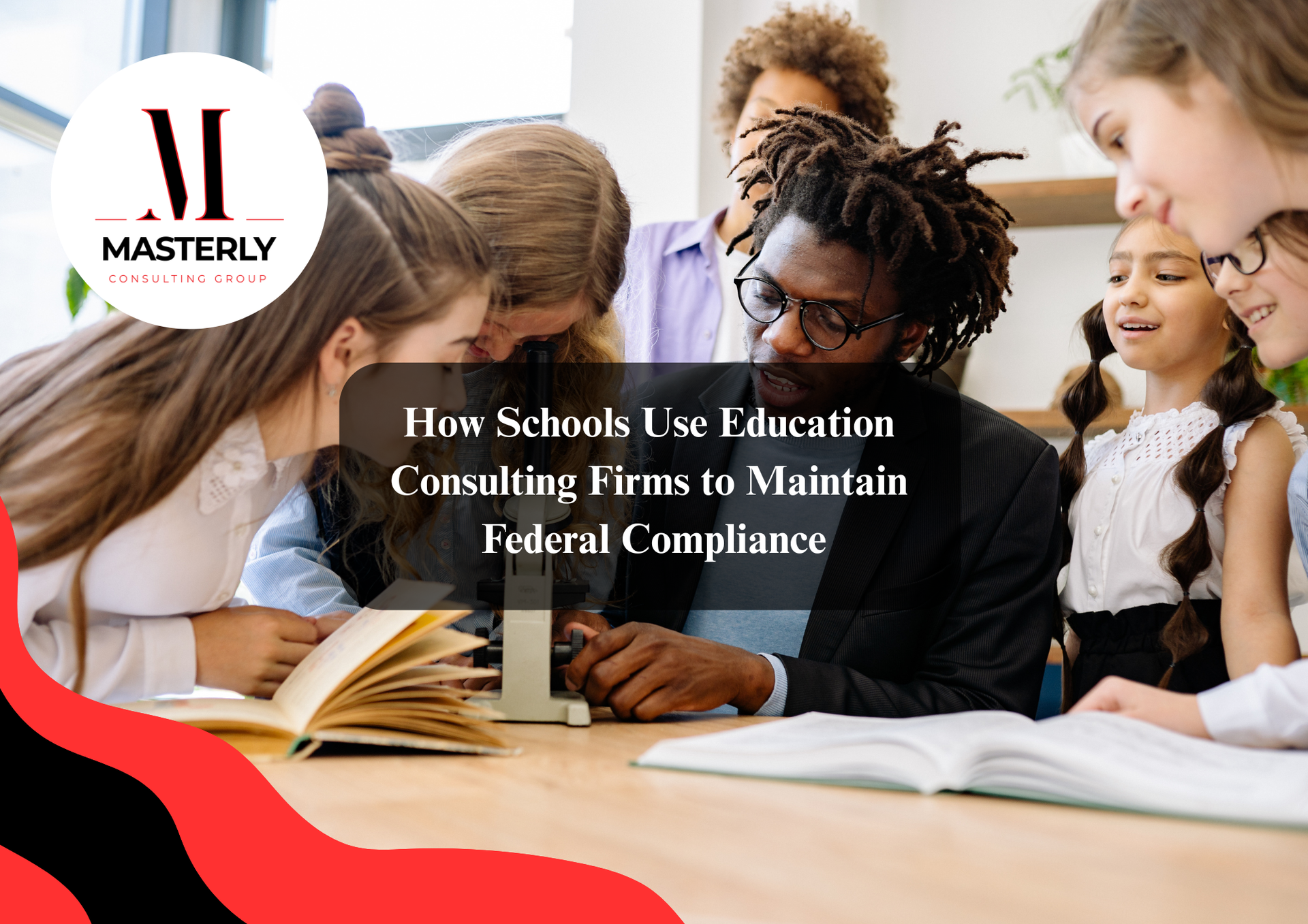State Regulations Are Evolving Is Your School NIL Compliant Yet?
Understanding the Urgency of NIL Compliance in High Schools
Name, Image, and Likeness (NIL) isn’t just a college-level concern anymore. As state laws evolve and student athletes begin exploring NIL opportunities earlier, high schools and school districts are now facing unprecedented pressure to understand their legal obligations. While the NCAA NIL rules dominate headlines, high schools are increasingly being swept into the changing landscape.
The NIL landscape is no longer confined to elite universities and college sports teams. High school athletes, particularly those with large social media accounts or sponsorship appeal, are entering NIL deals before graduation. Without a clear plan in place, school districts risk falling behind and exposing themselves to liability or public backlash.
What NIL Refers To and Why It Matters
At its core, NIL refers to the right of athletes to monetize their name, image, and likeness. This includes everything from autographs and endorsements to social media posts and branded merchandise. But with increased opportunity comes increased complexity.
For educational institutions, NIL isn’t just a sports or marketing issue—it’s a matter of legal and policy compliance. Every school must determine how to report NIL activities consistent with both state and federal legislation, while maintaining academic integrity and athletic eligibility.
The Expanding Reach of State NIL Laws
State NIL laws are rapidly expanding. While some states already permit high school athletes to engage in NIL activities, others are still debating legislation. And more changes are coming. States are introducing new rules to align high school NIL policies with those governing college athletes.
Failure to follow state NIL laws can result in students losing eligibility or schools facing legal scrutiny. As state legislatures push forward, compliance offices and school boards must stay informed to avoid violating NCAA rules related to amateur status.
School Districts Must Act—Now
Schools waiting for a federal mandate or national level clarity are at risk of being left behind. While federal legislation continues to stall, states and athletic conferences are enacting their own NIL rules and guidelines.
Delaying action may place your athletes—and your district—at legal and competitive risk. Member schools must implement proactive measures to ensure NIL rights are respected while protecting the reputation of the district.
NIL Compliance Is About More Than Just Rules
Being NIL-compliant isn’t just about checking a box. It requires:
- Creating or revising NIL policies
- Providing NIL education to coaches, students, and parents
- Establishing procedures to review and report NIL earnings
- Consulting with professional services providers for guidance on policy development
NIL legislation isn't slowing down. Athletic programs without proper preparation are already facing reputational damage—and in some cases, lawsuits.
The Legal Considerations School Leaders Can’t Ignore
There are key legal considerations school administrators must address:
- How will NIL deals affect eligibility?
- Can athletes earn money during school-sanctioned sports activities?
- Who monitors student athletes’ NIL activities and social media accounts?
- Are schools liable for NIL contracts signed without proper counsel?
Without guidance from professionals well-versed in NIL policy, school leaders may unknowingly put their athletes at risk.
The Role of School Boards and Athletic Directors
As NIL guidelines tighten, school boards and athletic directors are the first line of defense. Yet many are unsure how to respond. The NIL interim policy provided at the collegiate level offers little help to high schools navigating their own likeness policy frameworks.
By acting now, schools can define their own NIL policy before being forced to adopt rushed measures in response to state mandates.
NIL Risks in the Absence of Policy
In districts without NIL policy or training, problems are already emerging:
- High school athletes entering NIL deals with unverified agents
- Parents confused about NIL rights and eligibility implications
- Schools failing to report NIL activities consistent with new rules
With NIL money on the table, and legal ambiguity growing, clear NIL legislation at the school level is no longer optional.
NIL Rights Start in High School
The NCAA may govern college athletics, but state laws are giving NIL rights to younger students. This shift places a new burden on high schools to educate and protect prospective student athletes.
As NIL activities extend to younger athletes, the line between amateur status and professional athletes becomes increasingly blurry. Coaches and administrators must help students avoid decisions that could cost them scholarships or future opportunities.
Common NIL Compliance Pitfalls Schools Must Avoid
Even the best-intentioned schools are vulnerable to these common pitfalls:
- Assuming NIL only applies to college students
- Allowing athletes to post sponsorship deals on social media without review
- Not understanding how NCAA rules intersect with state NIL laws
- Relying on college coaches or outside advisors for guidance
Each of these missteps can open the door to violating NCAA rules or damaging a student’s athletic future.
NIL Opportunities Are Expanding, But So Are the Risks
There are real NIL opportunities for students who build a strong personal brand. However, these opportunities come with risks—especially when schools are unprepared to offer guidance or oversight.
Whether a student signs their first NIL deal as a sophomore or a senior, schools must provide a safe, structured environment to ensure decisions are well-informed and compliant.
Time-Sensitive Considerations for Athletic Conferences
Athletic conferences are increasingly drafting their own NIL rules. These rules vary widely and may differ from NCAA interim policy guidelines. Schools must align with their conference requirements while also addressing state NIL laws.
Ignoring these requirements—or failing to anticipate new rules—can result in penalties from both the conference and state regulatory bodies.
The Role of NIL Education in Student Preparedness
A well-developed NIL training program can:
- Prepare athletes for the business of NIL
- Prevent NIL-related eligibility issues
- Equip students with financial and legal literacy
- Help families navigate sponsorship deals with confidence
Current student athletes need structured education to make informed decisions. NIL education is not optional—it’s essential.

The Legal Risks of Waiting Too Long
Delaying NIL implementation could expose your school to:
- Legal action from students or parents
- Media scrutiny over unfair treatment or mismanagement
- Challenges with school and conference requirements
- Fallout from NCAA or state-level investigations
Some schools are already dealing with class action lawsuits alleging improper NIL guidance. The risks are real and growing.
NIL Guidance Needs to Be Centralized
Your compliance office can’t do it all. NIL guidance must come from a trusted, centralized source with experience in education-related benefits, legal considerations, and NIL guidelines.
Outsourcing to a professional services provider ensures all stakeholders receive the same accurate, up-to-date training.
Every School Has a Role in the Current NIL Market
The current NIL market includes high schoolers, NCAA athletes, and professional athletes. Without formal NIL rules in place, schools become vulnerable to confusion, inconsistencies, and legal disputes.
Each particular school must determine how to safeguard its student athletes and maintain its integrity in a rapidly changing environment.
The Influence of Public Figures and Media
High-profile athletes like LSU gymnast Olivia Dunne have elevated public awareness of NIL rights. Social media posts from young stars fuel pressure for high school students to join the NIL economy early.
Your students are watching—and may try to earn money or make deals without fully understanding the consequences.
NIL Isn’t a Trend—It’s a Major Shift
This is more than a passing headline. NIL rights and laws represent a major shift in how schools must manage athlete development, legal exposure, and public reputation.
Just as schools adapted to Title IX or social-emotional learning standards, they now must respond to the NIL evolution with the same level of urgency.
How Name, Image, and Likeness Works in School Athletics
Name, Image, and Likeness—commonly referred to as NIL—allows student athletes to earn compensation from the commercial use of their identity. This includes their name (such as personal branding or autograph signings), image (like photographs used in promotions), and likeness (for example, video game avatars or social media content). NIL works through endorsement deals, sponsorships, appearances, merchandise sales, and content creation, giving athletes the chance to build a personal brand and generate income—even while still in school.
For NIL to function legally and ethically, schools must:
- Understand state laws governing NIL activity.
- Implement policies aligned with NCAA rules and any applicable school and conference requirements.
- Provide education and consulting so student athletes, parents, and staff understand their rights and responsibilities.
Without clear structure and guidance, NIL activities can expose athletes to eligibility risks, contractual disputes, or unintended violations. Schools that take a proactive role in NIL compliance ensure that opportunities are accessed safely and effectively, protecting both the student and the institution.
Understanding Name, Image, and Likeness Rights in High School Athletics
Name, image, and likeness rights empower student athletes to benefit from their personal brand—but with these rights come serious responsibilities and legal considerations. As more states acknowledge NIL activities at the high school level, schools must take the lead in educating students and families about what these rights include, how they can be exercised, and the consequences of missteps. Without a clear understanding of NIL rights, student athletes may unknowingly jeopardize their eligibility or engage in deals that violate school policies or state laws. Establishing a structured NIL education and compliance program ensures that students benefit from these rights safely and ethically—while keeping your institution protected.
What Name, Image, and Likeness Means for Texas Schools Today
Name, image, and likeness in Texas has taken center stage as the state continues to expand rights and opportunities for student athletes. With Texas legislation now allowing certain NIL activities at the high school level, administrators face increasing pressure to create compliant frameworks that protect their schools and students. Texas schools must navigate the fine line between enabling NIL opportunities and maintaining academic and athletic integrity. Without formal policies and expert guidance, districts risk falling behind or making costly mistakes. Now more than ever, school leaders across Texas must take proactive steps to ensure they’re fully prepared for the evolving name image likeness landscape.
Leadership Shifts and Legal Signals: What Schools Must Know About NIL Compliance
As the NIL landscape grows more complex, comments from both NCAA President Charlie Baker and former NCAA President Mark Emmert have highlighted the organization’s shifting stance on compliance and athlete protections. Their leadership reflects a growing concern about how schools—especially at the high school level—are managing likeness rules and offering guidance to their own athletes. The Supreme Court’s involvement in landmark decisions has further opened the door for conversations about revenue sharing and fair access to likeness opportunities for all athletes, including male athletes who have historically been underrepresented in early NIL deals. Schools must also consider the implications of empowering a student manager or even appointing their first student manager to help oversee NIL tracking and education. With more athletic departments expected to interact with athletes directly regarding endorsements and NIL responsibilities, school leaders who have expressed concern about compliance must act now to stay ahead of regulatory expectations.
Let’s Make Sure You’re Prepared
The evolution of name, image, and likeness policy is accelerating—and it’s already affecting your athletes whether you’re ready or not. Every high school administrator, athletic director, and compliance officer must take action now to stay aligned with state laws and NCAA guidelines.
We offer professional consulting, training, and policy support designed specifically for school districts—not sports agencies or marketing firms. Our focus is education, compliance, and athlete protection.
Contact us at (888) 209-4055 to book a free consultation. We’re here to answer your questions, walk you through legal considerations, and help your school get ahead of the NIL curve before the next regulation change hits. Don’t let uncertainty turn into liability—take the next step with confidence.








